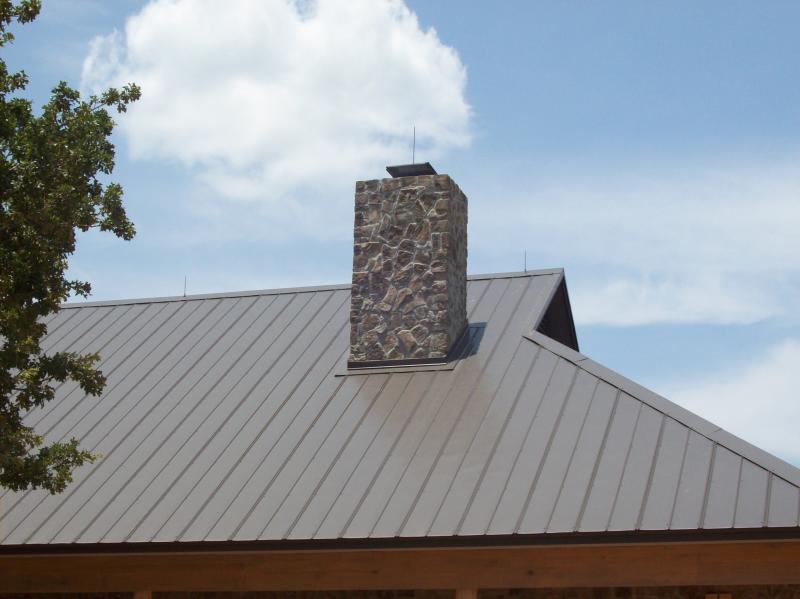 It may not be well known but there are more causes for roof damage than just hail and strong winds. One of the powerful forces that can cause damage is temperature extremes. The sudden change in temperature whether from hot to cold or vice versa can result to a condition called thermal shock.
It may not be well known but there are more causes for roof damage than just hail and strong winds. One of the powerful forces that can cause damage is temperature extremes. The sudden change in temperature whether from hot to cold or vice versa can result to a condition called thermal shock.
Understanding
Any material made of metal, wood, concrete, and even plastic can expand when heated Overhead power lines are a good example of just such a scenario. During a hot spell, the lines sag due to length expansion caused by daytime heat; conversely, at night the lines appears tighter due to contraction back to the original length. The same thing happens to any other material including ones used in roof construction.
While expansion and contraction of material due to varying temperatures is completely normal, there are instances wherein it can become damaging particularly when that expansion or contraction happens rapidly; such a scenario is called thermal shock. A sudden application of heat or cold can cause material to expand or contract rapidly and be damaged, particularly if that effect is on a roof.
Signs
When this temperature-caused change happens to roofing material, there are visible signs of this occurrence.
- Buckling – When heated, each individual shingle expands to a small degree; when a line of shingles expands at the same time, buckling can result. As each tile expands, it has to occupy extra space. When the shingles are lined up so close together with no room for expansion, the weaker bunch is pushed up causing buckling.
- Cracking – Newly built roofs can survive thermal shock because the material being used is still flexible and can expand and contract without breaking. When these top-most structures age, thermal shock can definitely occur and have a very devastating effect. It can cause old shingles to break and even brittle plastic panels to come apart.
- Flashing – Another area that can be greatly affected by any sudden change in temperature is the flashing which seals the joints between the roofing material and other elements such as the chimney. The sudden movement of the material due to changes in temperature can cause the flashing to loosen and create gaps that allow water seepage.
- Fastener Holes – Roofing material is held in place by fasteners which secure them in place. The diameter of the holes in each panel is identical to the size of the fasteners; however, violent movement caused by thermal shock can cause the holes to enlarge and become a source of leaks.
Damage Prevention
Expansion and contraction of roofing material is completely normal and happens regularly as the temperature changes. To prevent damage from thermal shock, it is important to select the right type of material to match the climate. For example, clay tiles are best suited for hot climates because they don’t expand as much as other material. Locations with constantly changing temperatures can benefit from a flexible type of material like asphalt shingles.
An application of reflective coating on a roof can also reduce the effect of thermal shock as it reduces the amount of heat being absorbed by the material and minimizes the amount of expansion. Proper installation procedures should also be implemented, taking into consideration the rate of expansion of the material to prevent buckling.
Lastly, the top of a house should be inspected regularly for any damage that may have occurred due to thermal shock. Small gaps created by movement should immediately be patched or replaced. Brittle shingles and panels should be replaced to prevent cracking.
Thermal shock is an invisible force acting on any Conroe roof; the damage it can create is very real. If any housetop covering is older rather than newer, this occurrence is a very real possibility. So watch for signs of thermal shock on an older roof and consider all possibilities to prevent it from happening!
